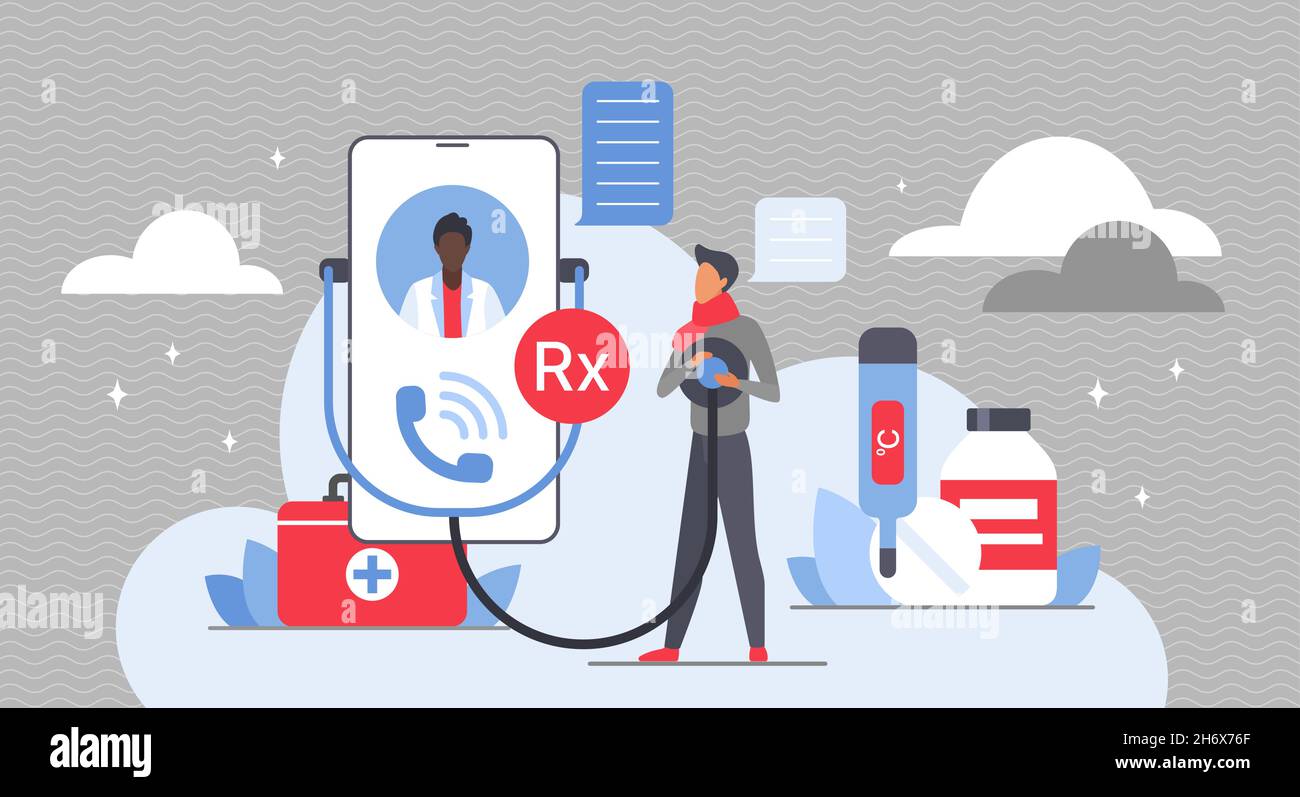Why Subscription Based Healthcare is Acquiring Popularity Among Patients Today
Wiki Article
The Rise of Subscription-Based Medical Care and Its Influence On Client Care
As healthcare advances, the subscription-based model is gaining grip, guaranteeing to transform patient treatment by providing predictability and ease of access. The potential for these versions to reshape health care delivery elevates pressing questions about their lasting sustainability and inclusivity. Are these membership services the future of medical care, or do they run the risk of leaving prone populations behind?Recognizing Subscription Medical Care Designs
Grasping the idea of registration health care versions includes checking out a transformative technique to clinical services that stresses affordability and availability. These models, frequently described as direct health care (DPC) or attendant medicine, have actually become cutting-edge alternatives to standard fee-for-service health care systems. Subscription healthcare allows individuals to pay a set monthly or annual fee for a specified set of medical services, which might include endless office sees, regular check-ups, and fundamental lab tests, without the requirement for typical insurance billing.The structure of membership health care designs is made to streamline person care by getting rid of third-party payers and complicated billing codes, consequently lowering management problems. Doctor can focus a lot more on person treatment, cultivating more powerful patient-provider relationships. This design also promotes preventative care by urging routine brows through, as the economic obstacle of per-visit fees is gotten rid of.
The membership design usually encourages doctor to manage smaller sized individual panels, permitting more customized care. It lines up monetary rewards with client wellness end results, as carriers are inspired to maintain person contentment and health. In general, comprehending subscription medical care versions calls for acknowledging their possible to reshape how treatment is delivered and accessed.
Advantages for Service Providers and patients

With a constant profits stream, healthcare specialists can commit more time to each person, leading to a much more personalized and thorough treatment experience. The emphasis on precautionary treatment within membership plans can lead to far better patient results and decreased lasting healthcare costs.
Obstacles and Issues
While subscription-based medical care models existing various advantages, they also include a set of challenges and worries that need to be dealt with. Initially, ease of access continues to be a considerable problem, as these models commonly target individuals who can pay for month-to-month costs, possibly leaving out low-income populaces. This elevates moral questions about fair accessibility to medical care services. Furthermore, the different nature of registration strategies can result in confusion amongst patients concerning protection specifics, possibly resulting in unmet expectations or inadequate care.Financial sustainability of subscription-based versions is an additional worry. Service providers should stabilize the set earnings from memberships with the variable expenses of healthcare services, which might change because of unexpected medical demands. This can develop pressure to limit solutions or increase costs, potentially influencing individual contentment and care high quality.
In addition, regulative oversight of subscription-based health care versions is official site still evolving. Dealing with these obstacles is important for the effective and fair execution of subscription-based healthcare.
Impact on Patient-Doctor Relationships
One considerable influence of subscription-based medical care designs on patient-doctor connections is the possibility for boosted continuity and personalized care. By adopting a subscription model, physicians can handle a smaller patient panel, enabling more devoted time with each individual. This boosted schedule fosters a much deeper understanding of an individual's case history, way of life, and preferences, allowing much more customized therapy strategies and treatments.
Nevertheless, it is important to identify that while subscription-based designs may benefit those who can manage them, they can unintentionally expand medical care disparities. People who are not able to join these versions might experience lower access to personalized treatment, possibly affecting their relationships with medical care providers. Hence, while the membership model uses appealing benefits for patient-doctor partnerships, it likewise presents difficulties that require to be dealt with to make certain fair health care accessibility.
Future of Health Care Accessibility

The duty of modern technology can not be overlooked in this transformation. Telemedicine platforms and electronic health and wellness documents assist in smooth interaction in between patients and healthcare carriers, damaging down geographical and logistical obstacles. Furthermore, developments in synthetic intelligence and data analytics can further personalize treatment by anticipating person demands and enhancing therapy plans.
Nevertheless, the future of healthcare access also presents challenges, such as ensuring equity throughout various socio-economic teams. Policymakers and doctor have to team up to check these guys out connect the digital divide, guaranteeing that subscription-based versions continue to be inexpensive and comprehensive. see here As these systems develop, they hold the guarantee of making healthcare a lot more easily accessible, efficient, and patient-centric.
Final Thought
Subscription-based medical care models are reshaping client treatment by supplying a secure price structure and improving availability. The surge of subscription-based healthcare motivates positive individual interaction, which has the prospective to improve client end results and contentment, signaling a transformative shift in healthcare delivery.As healthcare develops, the subscription-based version is acquiring traction, promising to transform individual treatment by using predictability and availability.Subscription-based medical care versions supply distinctive benefits for both individuals and providers, enhancing the total medical care experience.As medical care systems progress, the future of health care access frequently pivots on the assimilation of ingenious designs and innovations.Subscription-based healthcare versions are improving client care by providing a secure expense framework and boosting availability. The rise of subscription-based healthcare motivates aggressive person interaction, which has the prospective to improve person results and satisfaction, signifying a transformative change in healthcare distribution.
Report this wiki page